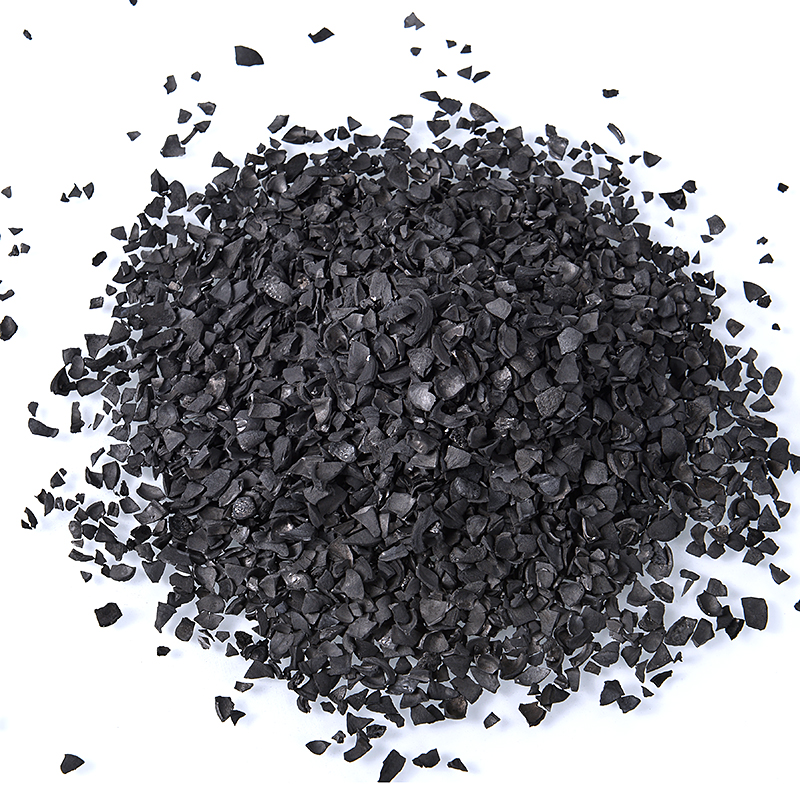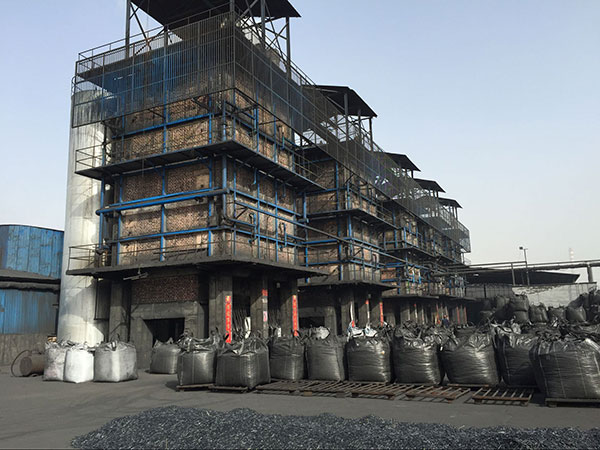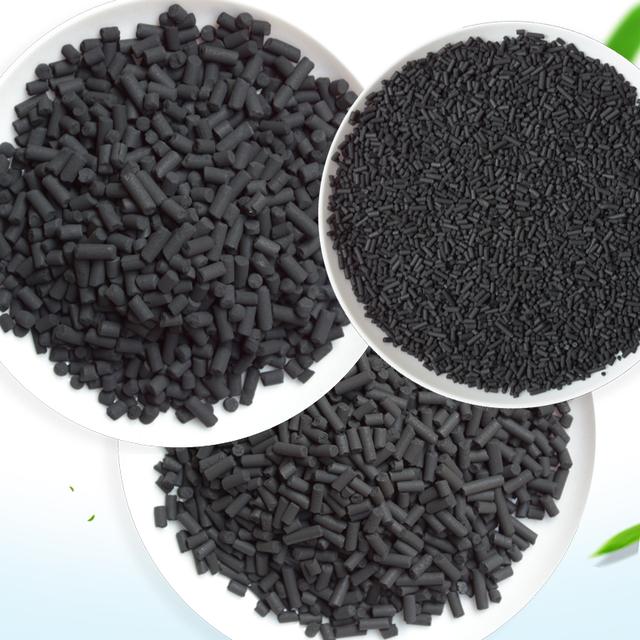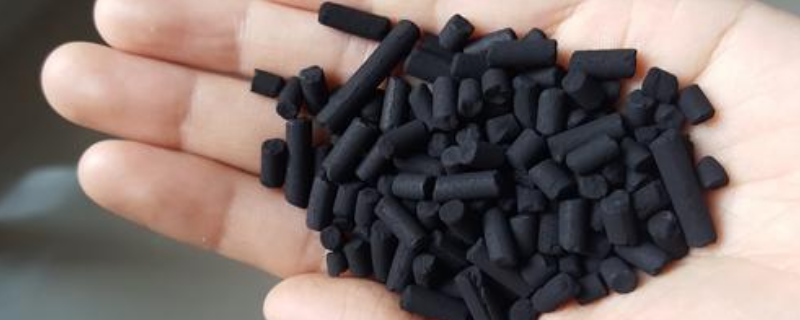
2023-05-25 Activated carbon, also called activated charcoal, is a form of carbon processed to have small, low-volume pores that increase the surface area available for adsorption or chemical reactions. Activated is sometimes substituted with active.Due to its high degree of microporosity, just one gram of acti
Read More 
2023-05-25 How to make activated carbon ? Activated carbon is carbon produced from carbonaceous source materials such as bamboo, coconut husk, willow peat, wood, coir, lignite, coal, and petroleum pitch. It can be produced (activated) by one of the following processes:1.Physical activation: The source material
Read More 
2023-05-25 Powdered Activated Carbon (PAC)Powdered activated carbons generally fall in the particle size range of 5 to 150 Å, with some outlying sizes available. PAC’s are typically used in liquid-phase adsorption applications and offer reduced processing costs and flexibility in operation.³Granular Activated
Read More 
2023-05-25 aivated carbon, also called activated charcoal, is a form of carbon commonly used to filter contaminants from water and air, among many other uses. It is processed (activated) to have small, low-volume pores that increase the surface area[1][2] available for adsorption (which is not the same as abso
Read More 
2023-05-17 1. Clean and remove the dust before use, otherwise the black dust may temporarily affect the cleanliness of the water quality. However, it is recommended not to flush with fresh tap water directly, because once the porous activated carbon absorbs a lot of chlorine and bleach in the tap water, it wil
Read More 
2023-05-17 In adsorption, an “adsorbate” such as an atom, ion, or molecule is held onto a material’s surface. Adsorption can occur via physical processes, where adsorbates are held by attractive van der Waals forces between the adsorbate and the material surface, or chemical processes, where adsorbates are hel
Read More 













